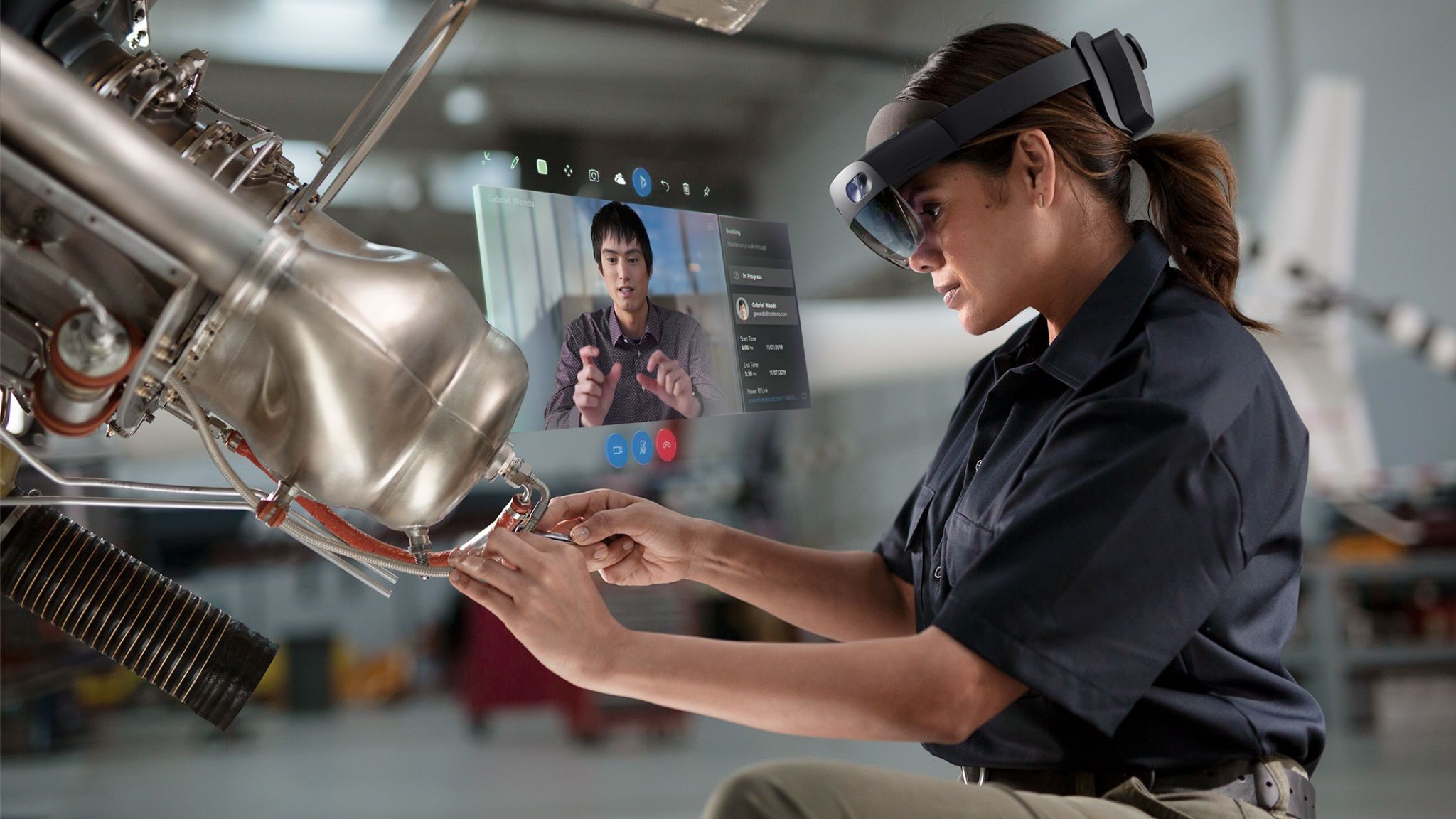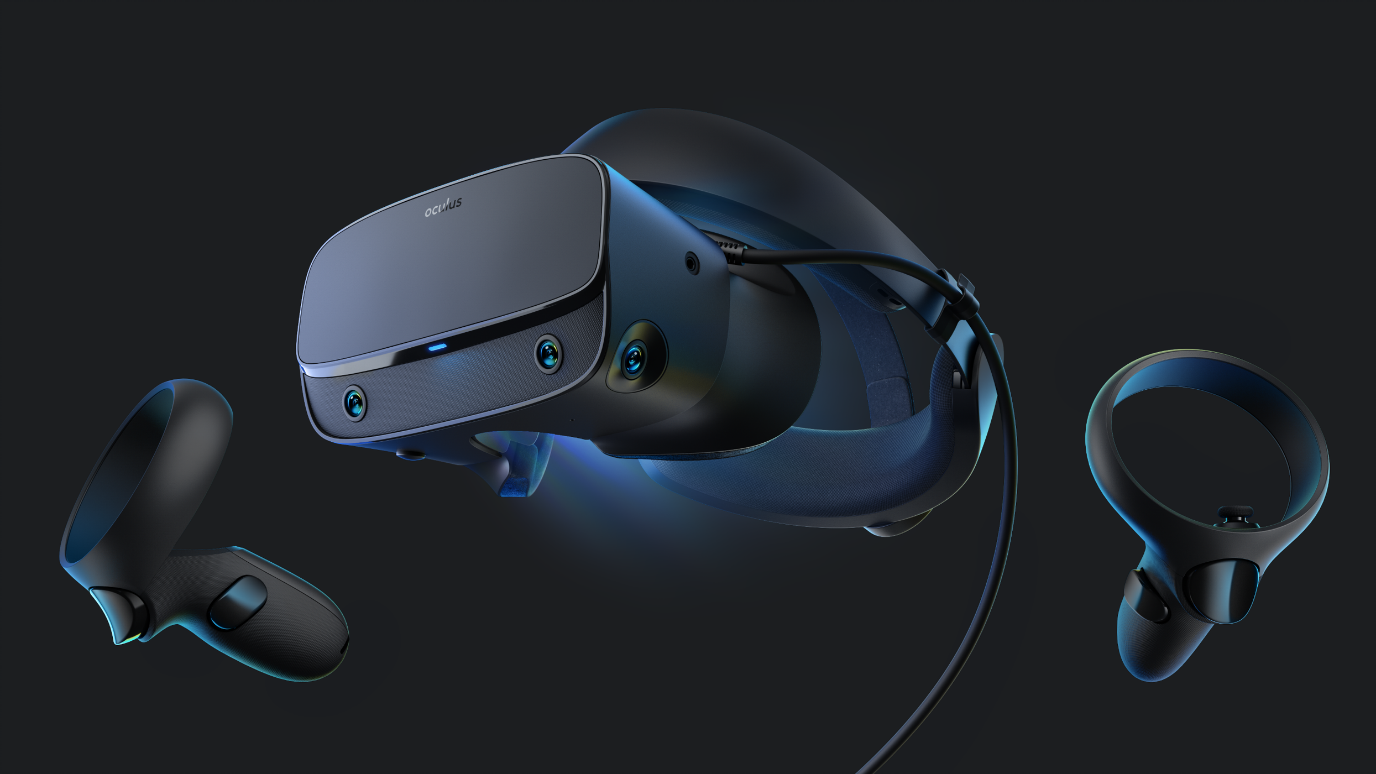Playing video games with a controller or a mouse is one thing, but a device which allows you to step inside the world of video games is a fabulous experience of its own. Two companies have stepped up to show the true potential of such technology and they are Microsoft and Oculus. Oculus which is a subsidiary of Facebook, revolutionised the concept of virtual reality and made it a worldwide phenomenon. Whereas HoloLens on the other hand revolutionised the concept of mixed reality by fusing virtual reality and augmented reality into one. Both of these technologies have significantly changed the tech industry and are pushing the boundaries of what’s possible. But how do they compare to one another? Are they really that beneficial to the daily consumer?
The first Oculus headset was a community funded project that was revealed in 2012 and was only made available to developers as it was in a prototype stage. However after Facebook’s acquisition of Oculus in 2014, the company was able to produce the first ever consumer headset which was the Oculus Rift CV1, which was made available in 2016. Since then Oculus has come out with the Oculus Go, Oculus Quest, Oculus Rift S, and has assigned a studio division call Oculus Studios which makes exclusive VR games for the device. The product and the company have been a huge success, especially with people saying that Oculus has inspired other companies such as PlayStation, HTC, Samsung, and even the HoloLens to release their own Virtual Reality/Mixed Reality headsets. One could argue that the HoloLens would not exist if not for the Oculus headsets, however the HoloLens is unique in its own way as well.

The HoloLens debuted in 2016 and was available to developers to test the waters of how this device can be utilised and how mixed reality can truly be a revolutionary concept. The HoloLens combines virtual reality and augmented reality to make mixed reality via the use of holograms. Unlike other VR headsets, HoloLens doesn’t require any controllers and is free from the many limitations posed by VR. In VR the user enters the virtual world whereas in mixed reality, you can bring virtual objects into the real world and can interact with said virtual objects. After a few years from its initial release Microsoft decided to release the next headset which was HoloLens 2. This model improved upon may of the drawbacks of the first model and was praised for making such improvements. HoloLens seems as a device which borrows from the Oculus headsets but seeks to go even further beyond by innovating with mixed reality. The question is which product do the consumers prefer? Which headset is the superior one?
Let’s look at the sale figures for the Oculus headsets and the HoloLens headsets. These articles done by the Verge show how Oculus and HoloLens have reportedly done sales wise. Both companies refuse to show official units sold but make an estimate of how much they actually have. For Oculus the story seems more successful as they back up some of their recent sales.

For the HoloLens the figures seem less clear due to the price and availability of the product. The commercial lead had interesting things to say about the sales of the HoloLens 1.
Though both companies are not willing to reveal the exact figures it seems that the devices have sold enough where both companies are content with the sales. It might not be the desired output but it’s good enough for the respective companies.
Both the HoloLens and Oculus have their pros and cons with the Oculus being sold at a much cheaper rate, hence being more consumer focused whereas the HoloLens seems to be more developer focused. The Oculus has huge support for VR games and is the go to device for playing games, however the HoloLens is a device that many people will use for working purposes. Each device is doing something unique for its respective market by giving their consumers what they want. It’s finally up to the consumers to decide which device suits their needs. Both the Oculus and HoloLens have paved the way for innovation and advancement in a way that we thought wasn’t possible.
